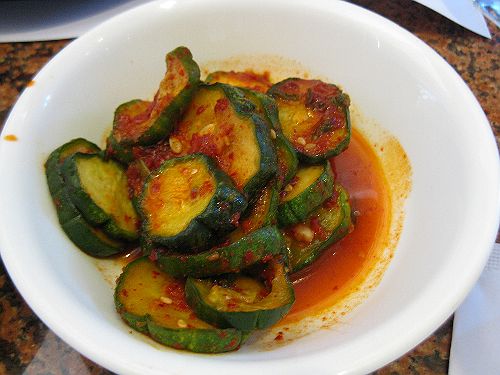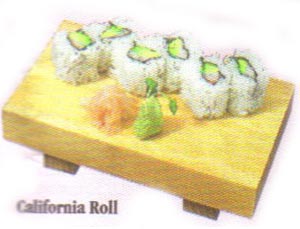
Hakka (Chinese: pinyin: kèjiā, literal meaning “guest families”) are a Han Chinese people whose ancestors are said to originate from around He'nan and Shanxi in northern China over 2,700 years ago. Their ancestors migrated southwards because of social unrest, upheaval, or by invasion of foreign conquerors since the Jin Dynasty. Subsequent migrations occurred at the end of the Tang Dynasty when China fragmented, during the middle of the Song Dynasty which saw a massive depopulation of the north, and a flood of refugees southward when the Jurchens captured the northern Song capitol, and the fall of the Song to the Mongols in the Yuan Dynasty and when the Ming Dynasty fell to the Manchu who formed the Qing Dynasty.
The term Hakka is thought to be comparatively recent. During the reign of the Qing Kangxi Emperor, the coastal regions were evacuated by imperial edict for almost a decade, due to the influence of the remnants of the Ming court who fled to what is now Taiwan. When the threat was eliminated, Kangxi issued an edict to repopulate the coastal regions once again. To aid the move, each family were given an amount of money to begin their new lives and registered as Kehu, “Guest Families”. The indigenous settlers who returned to their original lands saw the influx of newcomers. The original inhabitants were protective of their own more fertile lands, and the newcomers were pushed to the outer fringes of fertile plains, or settled in more mountainous regions to eke out a living. As time went by, local antagonisms grew, and it is thought that “Hakka” became a term of abuse used by indigenous settlers aimed at the newcomers. Over time, this muted down, and became adopted as term of self-reference for Hakka peoples. The Hakka farmers were known to have used their feet while standing upright to pull weeds off rice paddies, as their cultural pride would not allow them to kneel and crawl on land belonging to the Manchus.
There is an interesting outcome to this scenario, that the newcomers themselves may not all be the ancestors of the Hakka language speakers, since it was a blanket term. Through studies into both Cantonese and Hakka genealogies, some surnames have the same ancestors, though they would not identify with the other's ethnic grouping. The Hakka ancestors are thus just one group who migrated southwards. Hakka people are now found in the southern Chinese provinces of Guangdong, western Fujian, Jiangxi, southern Hunan, Guangxi, southern Guizhou, south eastern Sichuan, Hainan and Taiwan islands.
Although they are frequently distinctive in culture and language from the surrounding population, they are not considered a separate ethnic group by Chinese and are seen as part of the majority Han Chinese. Traditionally, Hakka have often lived separately from the local population and in the past there have been conflicts, occasionally violent, between the Hakka and local groups. In these conflicts, indigenous settlers thought that Hakka were not Chinese at all, but due to common ancestry as traced in clan genealogies, Hakka descendents are as Chinese as their neighbours. Hakka were active in the Taiping Rebellion led by the failed Qing scholar Hong Xiuquan who thought he was the brother of Jesus, and lead a following which formed the Taiping Heavenly Kingdom (Taiping Tian Guo).
Hakka women never practiced foot binding and were known for their high academic achievement. For example, some Taiwanese believe that the Mei-nung area in Kaohsiung (having a high concentration of Hakka) produced more doctorates than other areas in Taiwan.
Examples of Hakka tu lou buildings in Fujian with terraced rice fields in back.
The Hakka who settled in Fujian province in China developed unique architectural buildings called tu lou, literally meaning earthen structures. Because they were latecomers to the area, Hakka set up homes in often undesirable mountainous regions and were subject to attack from bandits and marauders.
The tu lou are either round or square, and were designed as a fortress and apartment building in one. The structures typically had only one entranceway and no windows at ground level. Each floor served a different function——the first hosts a well and livestock, the second is for food storage and the third and higher floors contain living spaces.








 PREVIOUS
PREVIOUS